Reading is one of the most essential skills that a child can learn in primary school. It teaches them to think critically, analyse information, and problem-solve.
These skills are essential for success in later life. In today’s blog post, we will discuss the importance of reading in the primary school curriculum, and we will also talk about the different ways that it can benefit students.
Related: For more, check out our article on What Is The Phonics Alphabet?

Why Is Reading So Important In Primary School?
Reading is an integral part of primary education as it allows children to develop vital skills they can use throughout their lives.
Readers can interact with the characters by reading stories and better understand the story and its moral values.
Reading materials can also help with spelling, grammar, pronunciation, and vocabulary building – all areas necessary for effective communication.
Most importantly, reading increases knowledge and imagination; exploring new ideas can help young minds grow in new ways.
Furthermore, children can apply critical thinking to analyze prose or literature when reading.
This helps them develop problem-solving skills, which will be useful during Higher Education and even for professional life.
In short, reading builds language proficiency and provides numerous personal benefits that will help children excel in school and beyond.
| Aspect | Importance | Impact on Learning |
|---|---|---|
| Language Development | Reading enhances vocabulary and comprehension, essential for language acquisition. | Facilitates communication skills and understanding of complex concepts. |
| Cognitive Skills | Reading promotes critical thinking and problem-solving abilities. | Encourages independent thought and reasoning. |
| Academic Success | Strong reading skills are foundational for success in all academic subjects. | Improves performance across the curriculum. |
| Concentration | Regular reading helps improve attention span and focus. | Leads to better engagement in classroom activities. |
| Imagination | Reading stimulates creativity and imagination through exposure to different worlds and ideas. | Enhances creative writing and artistic expression. |
| Empathy Development | Reading about diverse characters and situations fosters empathy and understanding of others. | Promotes social and emotional development. |
| Lifelong Learning | Encouraging a love for reading early on sets the stage for continuous learning and personal growth. | Instills a habit of self-education and curiosity. |
What is Phonics?
Phonics is a method of teaching reading and writing which focuses on the relationships between sounds and written language.
In school, phonics instruction typically begins with an introduction to letter-sound correspondences.
Children are taught to connect the letters they see in a word and the sounds they can produce when saying them aloud.
Students practice recognizing patterns among the different letters in each word through activities such as breaking words into syllables.
They learn to decode words quickly by matching those patterns to sounds that they’ve studied prior.
Phonics instruction evolves as children understand how certain combinations of letters represent specific phonemes or speech sounds.
In addition, teachers may reinforce teaching by having kids read stories or poems with phonetic solid structures.
Its primary goal is to give children essential tools for building literacy skills that will help them become successful readers and writers.

How do Schools teach comprehension skills?
Schools use a variety of strategies to teach comprehension skills. One common approach is to develop students’ understanding of the critical elements that make up a text, such as plot and character development.
Teachers then encourage students to identify these components when reading and analyzing various texts.
Students can better understand any piece’s purpose and message by learning these key concepts. Schools also incorporate activities into their classroom instruction to promote comprehension.
Activities such as predicting outcomes, plot diagramming, or summarizing help break down complex texts and make them more understandable for students.
Teachers often pose questions during or after readings to check for mastery, pushing students to consider the material and develop their understanding.
Through these practices, schools strive to give students the tools they need to become active readers with strong comprehension skills.
What are the VIPER comprehension skills?
Vocabulary
Teaching children how to identify correct vocabulary when using their comprehension skills is crucial in their education. To start, teachers can select several texts that contain multiple Tier 3 vocabularies that the students may not yet know.
The teacher should then find a way to present these words in a meaningful context- perhaps through a class discussion or by breaking into small groups for a roundtable analysis of each term.
Teachers can leverage technology and resources such as online flashcards and games to provide visual reinforcements for the terms.
Overall, teaching a child how to recognize and use correct vocabulary as part of their comprehension skills is best accomplished through a mix of activities that force active reading and engagement with the material while still allowing them to take breaks and focus on more gaming-oriented activities.
Inference
When it comes to teaching children about inference, one of the best tools for educators is storyboarding. Storyboarding allows teachers to provide students with engaging scenarios that can help them practice making beliefs.
Through open-ended questions and prompts related to the stories, teachers can provide students with opportunities to think critically and make inferences by identifying patterns, drawing conclusions, and using other critical thinking skills.
Activities such as roleplaying can also promote inference and allow students to discuss their inferences with peers in a safe learning environment.
Ultimately, these strategies can help guide and teach children of all ages how to use inference when effectively improving their comprehension skills.
Prediction
Teaching children to predict is an important part of developing their comprehension skills. Teachers should provide them with opportunities to practice making predictions throughout daily learning activities and in story settings.
An effective way to start is by helping children form specific questions as they read a text, encouraging them to think more deeply and gain more meaning from the content.
To refine their prediction practices, teachers could also ask students to analyze characters’ thoughts and feelings, generate statements about how events may unfold based on textual cues, or draw conclusions from the texts presented.
For example, through discussion, teachers could ask students what might happen next in a story after establishing a specific context.
By propelling students to practice these prediction skills during creative reading activities, teachers can help them recognize story patterns and become better readers overall.
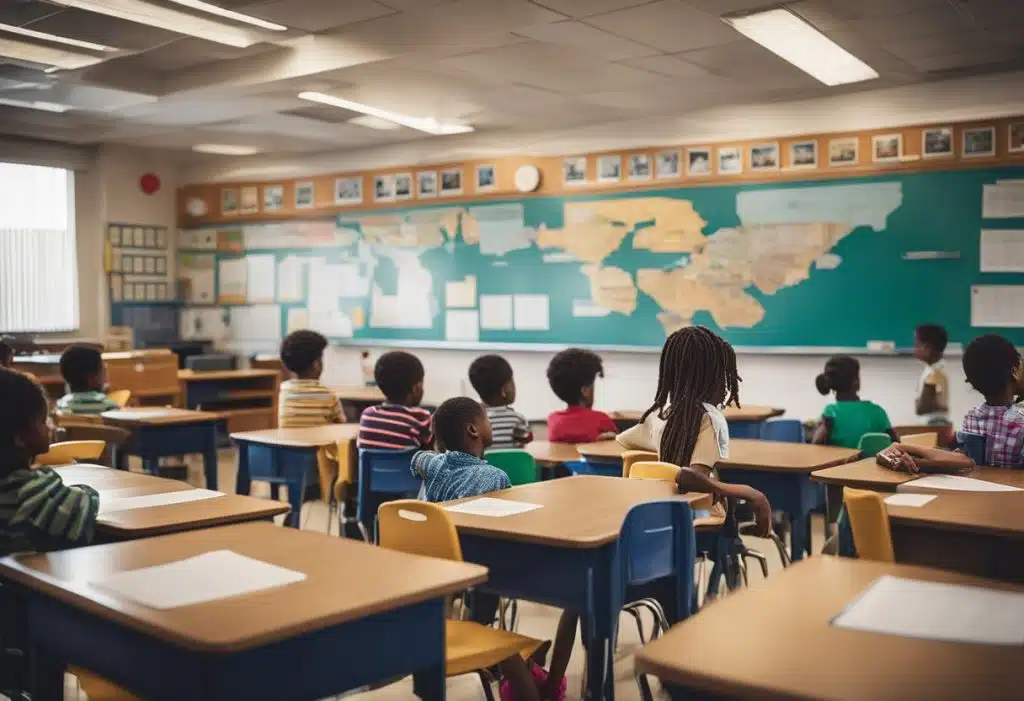
Explain
Teaching children how to explain their answers when responding to reading questions is an important part of the literacy process. It can help them work more independently and think more deeply about their understanding of the text.
To do so, teachers should spend time discussing the source material, examining the context from which it was taken, and highlighting key ideas and evidence in the text supporting different viewpoints.
By focusing on discussing evidence and implications together, teachers can foster a classroom environment where students are comfortable expressing their own ideas without fear of judgement.
As children practice answering questions about a text and become more familiar with expressing themselves, they can better articulate their thoughts, feelings, and understandings of what they have read.
Retrieval
Teaching children how to answer retrieval-style questions can help them build essential skills like understanding keywords and developing their ability to identify direct quotations.
One great way for teachers to accomplish this is by having students craft various response sentences in pairs or small groups after they have read a passage designated by the teacher, such as a short story or poem.
Once all of the students have formed their sentences, the teacher can lead a discussion on the language used and how it differs from paraphrasing.
This exercise will show the children examples that clearly illustrate the differences between summarizing, quoting and paraphrasing so that when it comes time for them to answer retrieval-style questions, they can better identify direct quotations from a text and assign proper authorship.
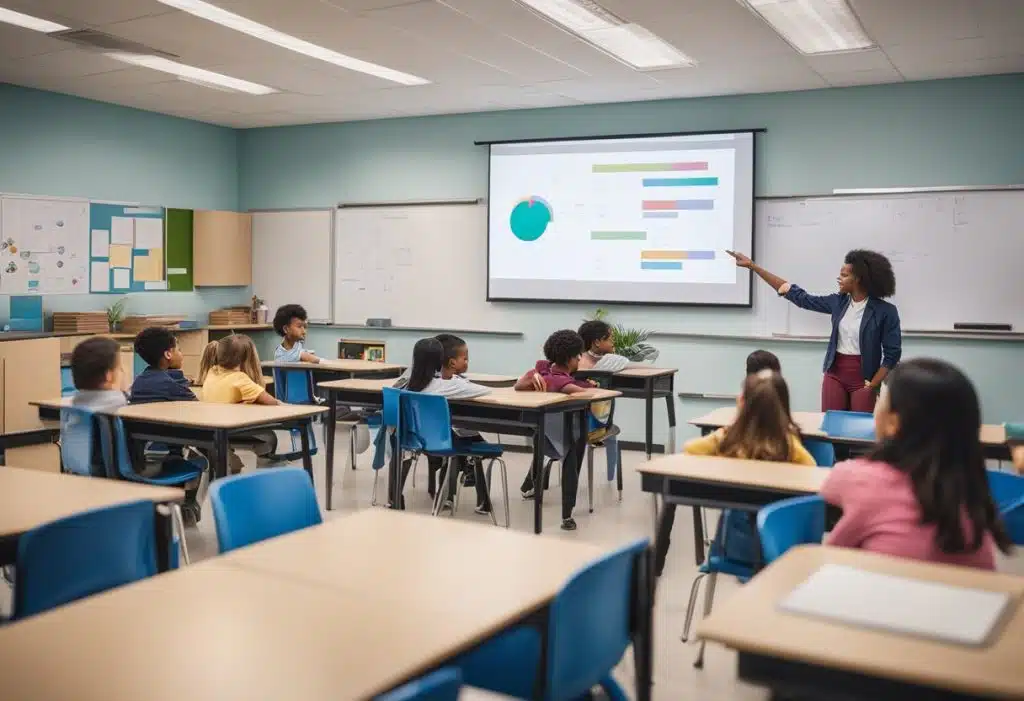
Summarise
Teaching children to summarise requires first introducing them to the concept. Start by providing them with short texts and having them summarize a paragraph or section in a few sentences.
As their skills improve, have students practice summarizing longer texts into one or two sentences.
Practising with different text genres, such as fiction and non-fiction, will make them more confident when answering summarising-style test questions. To further practice, allow children to create their own summaries of the stories they are reading in class.
This activity will also help them better understand the story they are reading while developing an understanding of how to summarise information concisely.
Cracking Comprehension Online
In my school, we use Cracking Comprehension Online. This resource is designed to help children practise and improve their reading comprehension skills.
Teachers can assign quizzes for children to practise key skills at school or as homework and easily assess each pupil’s strengths and weaknesses using content domains.
Cracking Comprehension Online features text extracts from various fiction, non-fiction, and poetry sources, as well as some play scripts in Upper Key Stage Two.
The questions linked to each extract cover key elements of the National Curriculum for English and will help your pupils prepare for national tests.
By using this resource, you can access texts by some of the most popular children’s authors while also preparing your students for success on essential assessments. The
Cracking Comprehension Online software allows you to keep track of your student’s progress through the teacher reporting dashboards, assign practice tests to areas needing improvement, and personalize reading comprehension practices and homework assignments for each child.
Most questions are automatically graded so you can spend more time teaching than marking. A few questions require manual teacher grading; page 15 contains explanations for those types of questions.
Reading is an essential part of the primary school curriculum that can help children develop key skills such as summarising and retrieval-style questions.
These skills are essential for a wide range of academic tasks and assessments and will help them become more confident in their ability to analyse text and articulate their thoughts clearly.
By using resources such as Cracking Comprehension Online, teachers can assign quizzes and practice tests to areas needing improvement, helping ensure that each student is well prepared for success on important assessments.
By teaching children the importance of reading, we are giving them essential tools which they can use throughout their academic journey and beyond.
FAQ
1. Why is reading important in primary school?
Reading serves as the foundation for all future learning. It helps children develop critical thinking skills, boosts their creativity, and exposes them to diverse cultures and ideas. By fostering a love for reading early on, we’re setting our children up for success in all areas of life.
2. How does reading contribute to a child’s academic performance?
Reading comprehension is a crucial skill in every subject. Whether it’s understanding a math problem or interpreting a science experiment, strong reading skills can significantly enhance a child’s academic performance.
3. Can reading help improve a child’s communication skills?
Absolutely. When children read, they’re exposed to a rich vocabulary, different sentence structures, and various ways of expressing thoughts and emotions. This exposure not only enhances their written communication but also their verbal interactions.
4. What role does reading play in a child’s emotional development?
Reading can help children understand and express their feelings better. Books often depict characters dealing with various emotions, which provides children with a framework to understand their own feelings and those of others.
5. How can parents and teachers encourage reading in primary school?
Parents and teachers can make reading enjoyable by incorporating diverse and interesting books into their routines. They can also create a comfortable reading environment at home or in the classroom, discuss books, and encourage children to explore different genres.

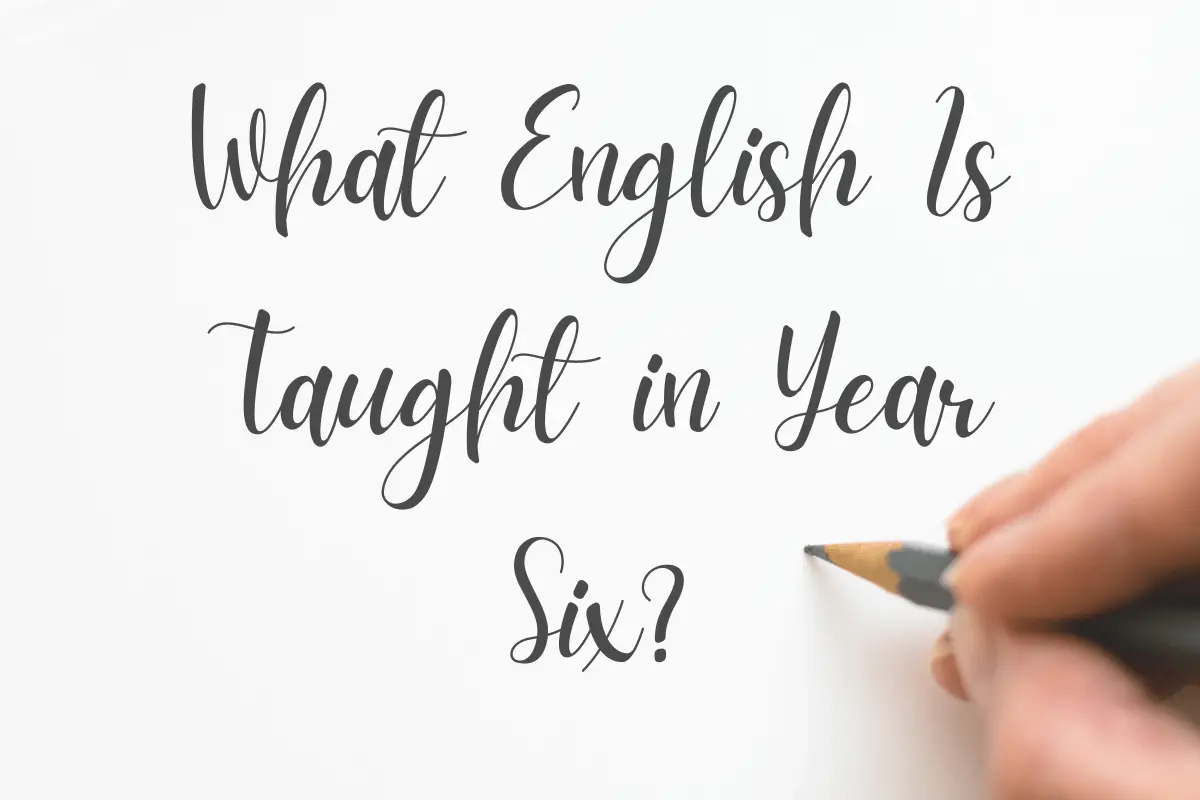
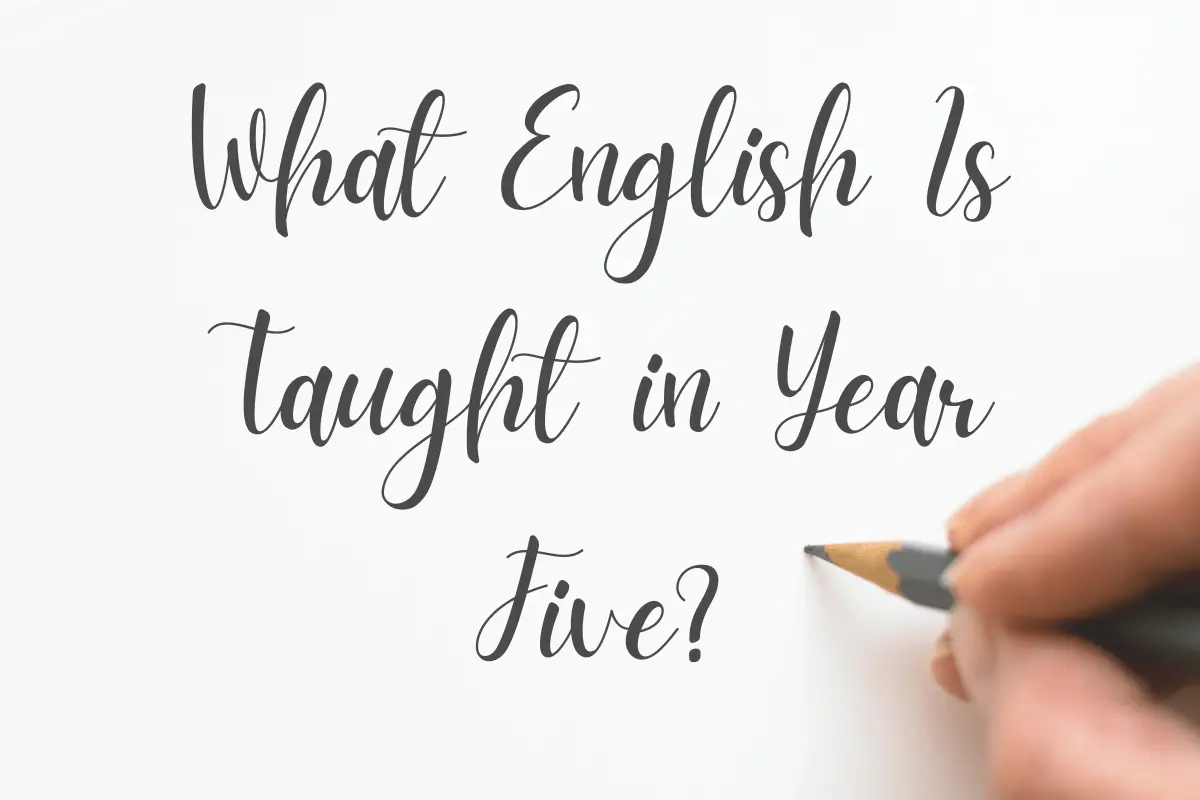

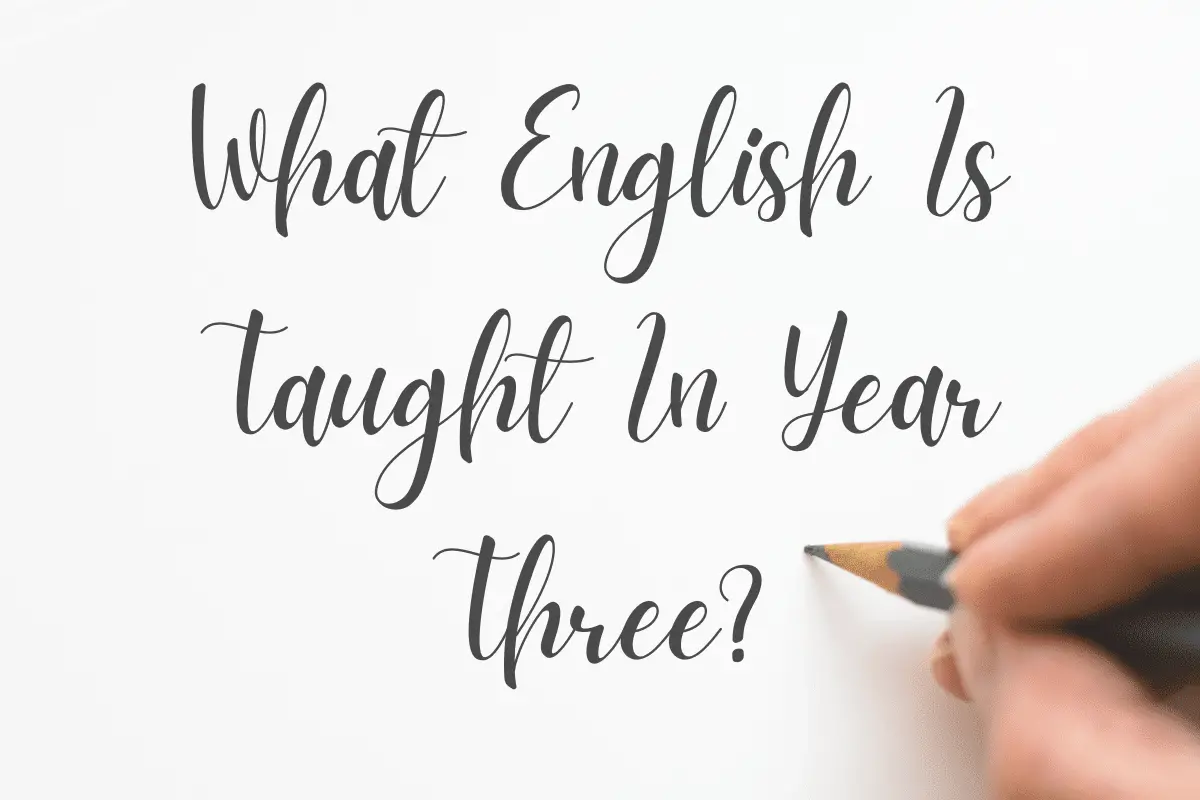



5 thoughts on “The Importance of Reading in the Primary School Curriculum”
Comments are closed.